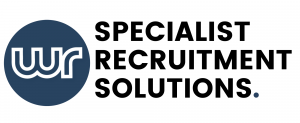79% of Talented New Hires Seeking Hybrid and Remote Roles
Hybrid and remote working roles are in high demand with the rise in the cost of living, and the new working model created due to the pandemic, there’s now a choice to make. As an employer, are you embracing the new way of working and moving forwards or are you trying to get back to your old way of working and unintentionally repelling top talent from your business?
Our Survey – Hybrid or Remote?
In a recent survey we conducted at White Recruitment, we asked over 500 people how the rise in travel costs would impact their employment decisions. Aiming to identify if there was a surge in demand for hybrid or remote roles. The answers were not what we were expecting…
- 18% said the rise made no impact on them
- 3% want to reduce their commute into their workplace
- 79% looking for a remote or hybrid role
The Results
Naturally we expected employees to want to reduce their commute and work closer to home. But it seems many people are very happy in their employment. 18% were happy to still travel but a huge 79% of employees now demand a remote or hybrid role.
If employers are not offering this model of employment, they’re unintentionally repelling this top talent from their business. With most competitors offering remote and hybrid roles, the talent has plenty of opportunities to go elsewhere.
Attracting Talent
Although there are some industries, the healthcare industry for example, that can not offer the remote or hybrid working, there is still something that can be done. Employers in this industry need to think outside the box with their benefits schemes. Employment in these industries is challenging enough without this added pressure. Here’s some ideas we can come up with;
- Paid travel costs
- Cycle to work scheme
- Company mini bus collection points
- Lift sharing schemes
With the cost of travel at an all time high with only further increases planned for the future, the above is a great way to encourage top talent through your door. Think outside the box. What are potential new hires’ pain points? Then offer them a solution. See more study results here. Read more blogs here.


